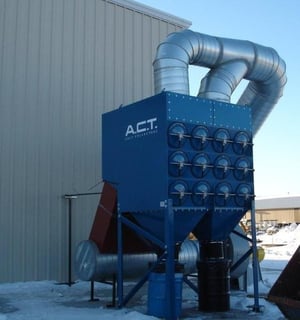 Sand, steel shot or grit, glass bead or crushed glass, aluminum oxide and coal slag.
Sand, steel shot or grit, glass bead or crushed glass, aluminum oxide and coal slag.
These are just a few of the most common blasting abrasives used.
Abrasive grit blasting, also known as sandblasting, is the process of propelling a grit of sand-sized particles with compressed air against a surface to remove excess or unwanted materials. The grit blasting process typically yields large amounts of dust from the abrasive and product being blasted. Dust in the air can be harmful to employees and slows down production.
Without a sandblasting dust collection system, capturing dust from blasting applications such as surface preparation prior to coating, painting or bonding, can be a challenge.
Using the wrong filter type can result in an inefficient sandblasting dust collector. Using the right filter matters, and the first step in determining which type of filter media you should be using comes down to the application you’re using it for.
Bag Filters
This type of filter consists of cylindrical bags (or tubes) made of fabric. Bag filters are typically used for heavier loading applications.
- Bag filter efficiencies are closer to five microns.
- Fabric bags typically have a longer service lifecycle than cartridge filters and can handle a more demanding application with heavier dust, such as wood and grain dust.
- Bag filters are most effective when the particulate is larger and the loading is extreme.
Cartridge Filters
This filter is very efficient for fine dust and lighter loading applications, such as welding, plasma, laser and other fume or smoke applications.
- Cartridge filters operate efficiently down to .3 microns.
- Two common types of cartridge filters are:
- Nanofiber filter — available in a standard or flame-retardant version and is extremely efficient on very fine particulate. In other words, nanofiber filters are better for very fine dust and lighter loading, whereas a polyester filter would work better with larger particulate and heavier loading.
- Spunbond polyester filter — This filter is a much heavier/thicker media and is more durable.
MERV Rating
Minimum Efficiency Reporting Value (MERV) ratings help show how efficient a filter is. Filter efficiency is tested through six measured dust loads on particulate in the size range of .3 to 10 microns. The higher the MERV rating, the more effective the filter is at trapping sub-micron particulate.
Lower-quality filters, in the 1-4 MERV range, are typically made of fiberglass. Most residential HVAC systems will use air filters with MERV ratings from 7-12. A higher MERV filter rating of 12-16 would be recommended for commercial buildings and industrial needs.
A.C.T. Dust Collectors’ systems come standard with the high-efficiency Nano-Elite cartridge filters and carry a MERV 15 rating (best in the industry), removing 99.9% of the particulate from the air stream.
Dust Collectors for Your Blasting Operations
A.C.T. Dust Collectors understands you need the right abrasive dust collection system in place to handle your filtration and meet your current application and long-term needs. We’ve got the experience and history to meet the demands of your abrasive blasting operations. Our systems have been installed in a wide range of abrasive blasting operations, including both wheel blast and air blast rooms.
We design, engineer and manufacture new industrial dust collectors to help you blast correctly, efficiently, on time and below budget. Check out this case study to learn how we provided a Minnesota company that specializes in the redesign and remanufacture of power transformers with a sandblasting dust collector for its blasting booth.


























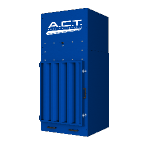
%20Collectors%20Image.png?width=143&height=143&name=ADC%20(Ambient)%20Collectors%20Image.png)
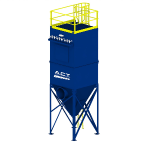

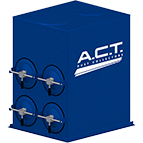
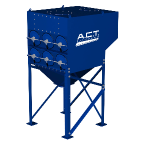
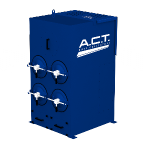


















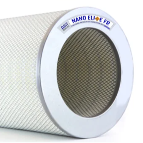


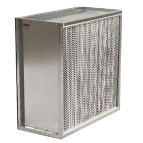

.png?width=240&height=91&name=ACT%20Dust%20Collectors%20Logo%20Solid%20White%202020%20(1).png)
.png?width=148&height=149&name=usa-manufactured-dust-collectors%20(1).png)